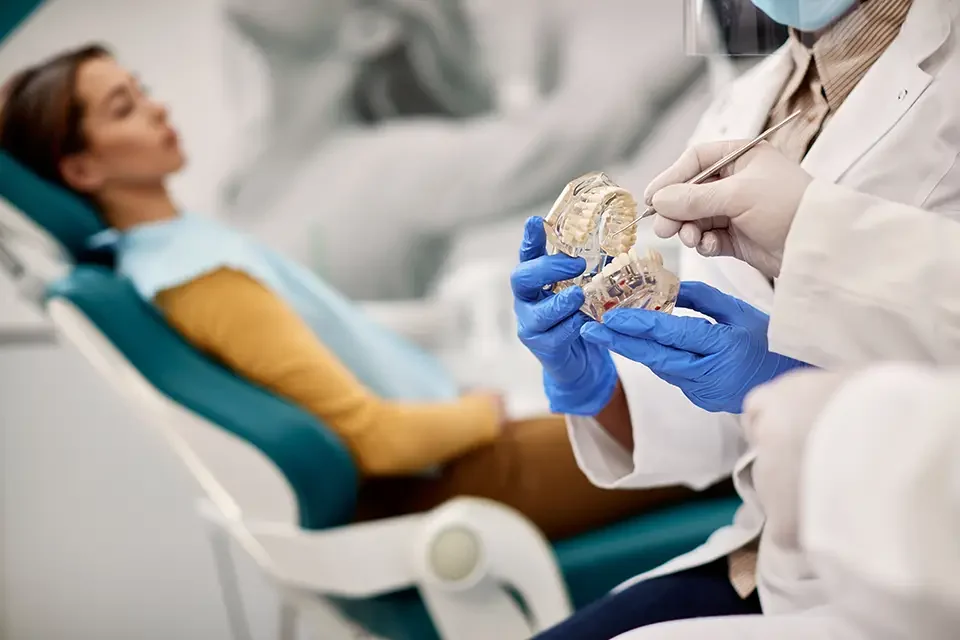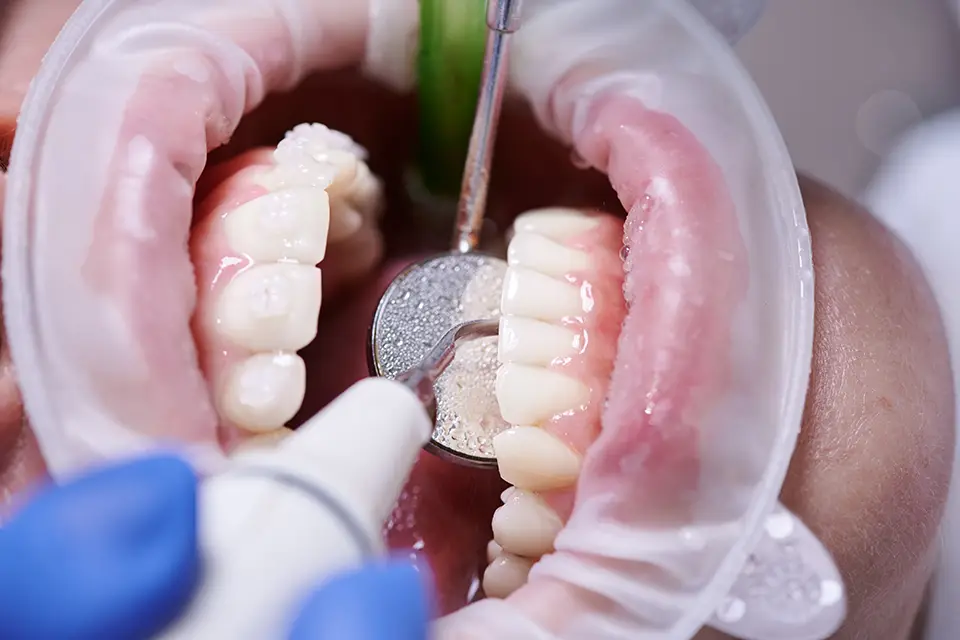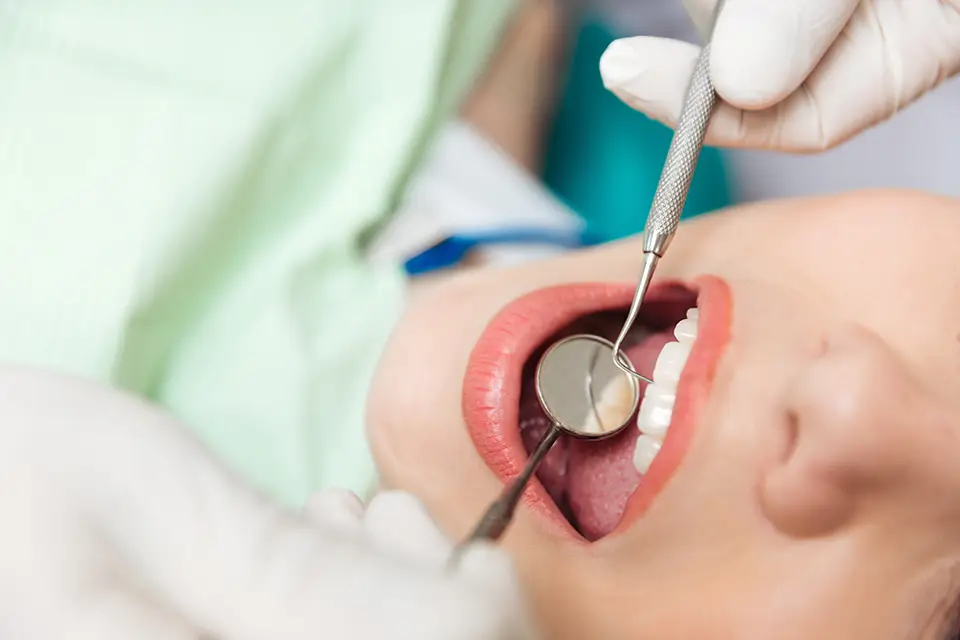Sunshine Dentistry in Richmond Hill, Ontario, is dedicated to helping you maintain a healthy, strong smile. One important procedure that often comes up in dental treatments is the dental bone graft. But what exactly is a dental bone graft, and why might your dentist recommend one? This blog will review the procedure, the benefits, and why it may be necessary for oral health.
What Is a Dental Bone Graft?
A dental bone graft is a surgical procedure designed to restore or augment lost bone in the jaw. This is especially important when the natural bone has been damaged or deteriorated due to tooth loss, trauma, infection, or periodontal (gum) disease. The graft entails transplanting bone material from your own body, a donor, or synthetic sources into areas where the jawbone has weakened or decreased.
This added bone is a solid foundation for future dental procedures, such as dental implants, ensuring stability and long-term success.
Why Does Your Dentist Recommend a Dental Bone Graft?
There are several reasons why your dentist at Sunshine Dentistry may recommend a dental bone graft:
- Preparation for Dental Implants: Dental implants require a sturdy jawbone to anchor the implant securely. If your bone density has decreased over time, a bone graft may be necessary to build up the bone before implant placement. Without sufficient bone, the implant may fail to integrate properly.
- Bone Loss from Tooth Extraction or Gum Disease: When a tooth is lost or extracted, the adjacent jawbone may begin to resorb or shrink. Similarly, periodontal disease can lead to bone deterioration. A bone graft helps to regenerate the lost bone, preserving the shape and volume of your jaw.
- Restoring Facial Structure: Significant bone loss in the jaw can affect the overall appearance of your face, making it appear sunken or aged. A dental bone graft can help to restore bone volume, support facial structure, and improve appearance.
- Repairing Trauma or Defects: Accidents, injuries, and congenital disabilities can all lead to bone damage. Bone grafting can repair these areas, aiding recovery and improving oral function.
How Is a Dental Bone Graft Performed?
During the procedure, your dentist will create an incision in the gum to expose the bone. The graft material is then placed into the area needing support, and the gum tissue is closed over the graft. Over time, the graft will integrate with your natural bone, forming a solid foundation for future treatments.
The procedure is usually performed under local anesthesia and, if necessary, sedation to ensure the patient’s comfort.
What Are the Types of Bone Graft Materials?
Dental bone grafts can use various materials depending on your specific needs.
- Autograft: Bone taken from another part of your body (e.g., hip or chin).
- Allograft: Donor bone sourced from a human tissue bank.
- Xenograft: Bone derived from animals, usually bovine.
- Alloplast: Synthetic bone substitutes made from biocompatible materials.
Your dentist will advise you on the best course of action based on the extent of bone loss and your overall health.

Benefits
- Enables placement of dental implants in patients with insufficient bone.
- Prevents additional bone loss and jaw deterioration.
- Helps to maintain natural facial contours.
- Enhances oral function and comfort.
- Promotes healthier gums and teeth support.
Recovery and Aftercare
For a few days following a dental bone graft, you may experience swelling, discomfort, or minor bleeding. Following your dentist’s aftercare instructions, which include good oral hygiene and a soft diet, is critical for successful healing.
Sunshine Dentistry will schedule follow-up appointments to check the graft’s progress and ensure a successful outcome.
FAQs
Is a dental bone graft painful?
The procedure is usually performed under local anesthesia, so you should not feel pain. Prescribed medications can help alleviate post-operative discomfort.
How long does it take for a bone graft to heal?
Healing typically takes 3 to 6 months, allowing the graft to fully integrate with your natural bone before further dental procedures.
Are dental bone grafts safe?
They are safe when performed by a qualified dental professional. Using biocompatible materials and proper surgical techniques reduces risk factors.
At Sunshine Dentistry in Richmond Hill, Ontario, our expert team will explain the dental bone graft procedure and help restore the health and function of your smile. Contact us today if you have any questions or want to schedule a consultation!



